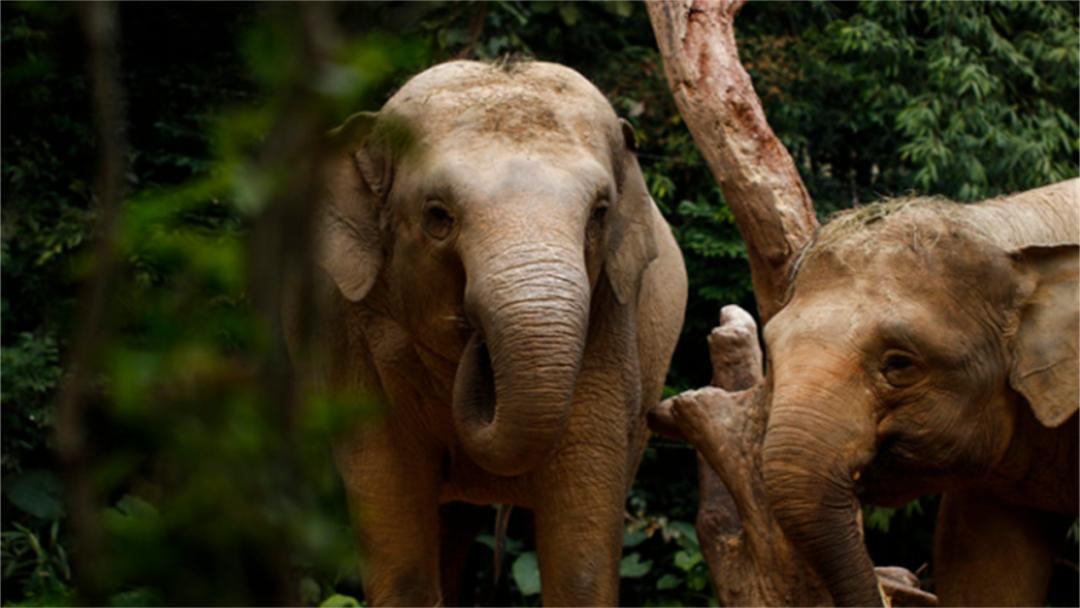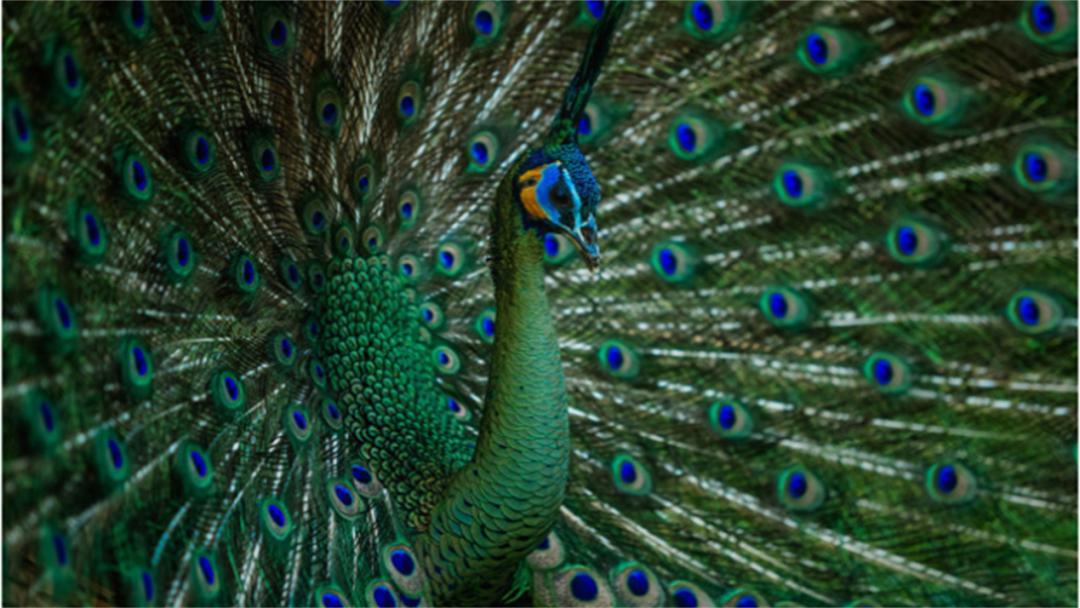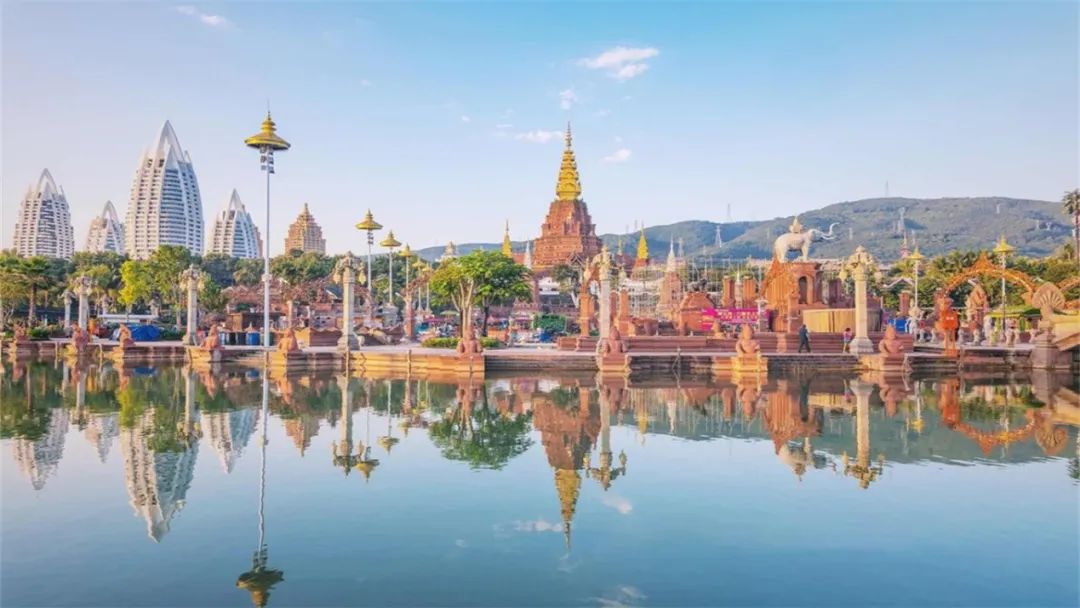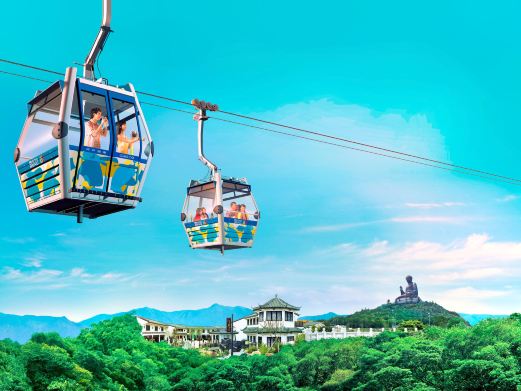The Dai Autonomous Prefecture of Xishuangbanna, one of the eight autonomous prefectures in Yunnan Province, is located at the southernmost tip of Yunnan and represents the northern edge of the tropics. Formerly known as ‘Mengbalanasi’, it signifies a magical and ideal paradise.
(Jinghong City Da Jin Pagoda Temple)

Historically known as Mengle, Xishuangbanna was under the jurisdiction of Yongchang Prefecture during the Three Kingdoms and Jin dynasties and before. From the 8th to the 10th century, the Mengle regime was under the control of the ‘Nanzhao’ regional power of the Tang Dynasty, specifically the Silver-Generating Circuit. In the 932nd year of the Dai calendar (1570 AD), the envoy, Zhao Ying Meng, divided the governed area into 12 ‘Banna’ to allocate tributes. ‘Xishuangbanna’ translates to ‘twelve thousand fields’ in Chinese, referring to the twelve units that paid tribute, which is the origin of the name. On February 17, 1950, Xishuangbanna was liberated. On December 22, 1993, with the approval of the State Council, Jinghong County was abolished and Jinghong City was established (the municipal government was established on February 12, 1994). To this day, Xishuangbanna Prefecture governs one city and two counties, with its capital located in Jinghong City.

01 Beautiful Oasis

If Kunming is known as the ‘City of Eternal Spring’, then Xishuangbanna must be the ‘City of Eternal Summer’. This warm regional climate has created vast areas of tropical rainforests. The forest area of Xishuangbanna is 15,600 square kilometers. Stepping into the tropical rainforest of Xishuangbanna is like entering the kingdom of plants, where countless rare and exotic plants thrive and flourish. The rainforest is home to over 5,000 species of higher plants, including 153 endemic species such as Parashorea chinensis, Xishuangbanna Green Plum, and Yunnan Meat Bean Crown, and 134 endangered species such as Southwestern Lagerstroemia, Ironwood, Yunnan Catalpa, and Yunnan Mei Deng Wood.

(Asian Elephant)
(Green Peafowl)

Here resides the only remaining wild population of Asian elephants in China, the globally endangered species of native Chinese animal Green Peafowl, the towering Parashorea chinensis, and the tropical rainforest provides a sanctuary for all living creatures, making it a rare oasis south of the Tropic of Cancer. Xishuangbanna is home to 756 species of wild animals, 108 species of mammals, 427 species of birds, and 74 species of reptiles, with as many as 109 species listed as national key protected rare animals, and countless rare and exotic creatures inhabit here.

(Tropical Rainforest Parashorea chinensis)

02 The Homeland of the Dai People

(Jinghong Gaozhuang Xishuang Scenery)
Of course, this is also a home for human beings to thrive. ‘The City of Dawn’ Jinghong, ‘The Spring City in the Rainforest’ Menghai, and ‘The Tea-Producing’ Mengla are all displaying their most beautiful aspects to us. Xishuangbanna is primarily inhabited by the Dai ethnic group, with 13 other indigenous ethnic groups such as the Hani, Lahu, Blang, Yao, and Yi also living here. Every year during the Dai New Year, people dress in festive attire to splash water as a blessing during the day, and at night they gather by the Lancang River to enjoy a fireworks display, flower boat parades, and release Kongming lanterns that represent blessings, scattering like stars across the night sky. The city of Xishuangbanna showcases the customs of all ethnic groups, like an extremely romantic beauty, presenting its enchanting appearance to all visitors. On such a night, under the moon, all worldly troubles are dissolved in this picturesque landscape of mountains and waters.
(Dai New Year Water-Splashing Festival)
03 One River Connects Six Countries
The ‘one river’ in ‘One River Connects Six Countries’ refers to the Lancang River that flows through Xishuangbanna. Originating from Qinghai, the Lancang River, like the earth’s spreading veins, flows through Tibet and Yunnan, exits in Mengla County of Xishuangbanna, and then it takes on a new name, the Mekong River. This ‘Danube of the East’ connects the destinies of the countries along its banks and is an important waterway link for China facing Southeast Asia.Pao Shao is a major feature of Xishuangbanna’s cuisine, where food seasoned with spices is tightly wrapped in tender banana leaves and baked until edible. Pineapple rice, lemongrass grilled fish, fish chopped raw, and fried green algae are just a few examples of the delicacies that can grace the tables of Xishuangbanna’s people.
(Xishuangbanna Food Green Leaf Banquet)
In Xishuangbanna, the wonderful customs of the Dai, Hani, Lahu, and other ethnic groups blend together. The enthusiastic Dai Water-Splashing Festival, the lively Hani New Year ‘Gatongpa’, and the splendid attire of the Lahu Kuotajie Festival all convey a love for life. The various ethnic feasts are endless, as are the mysteries of tropical rare animals and plants. The people of Xishuangbanna are reciting pastoral poems about beauty and harmony, singing songs of happiness.
This is a magical paradise, connected to the world. This is Xishuangbanna.









